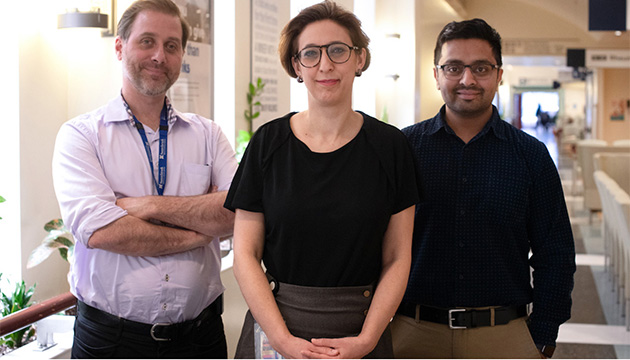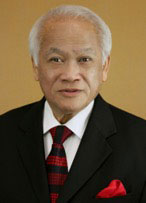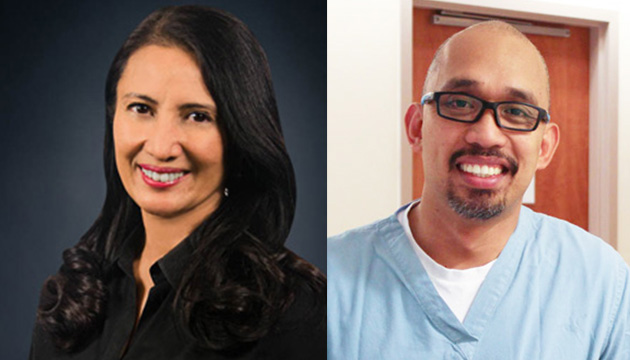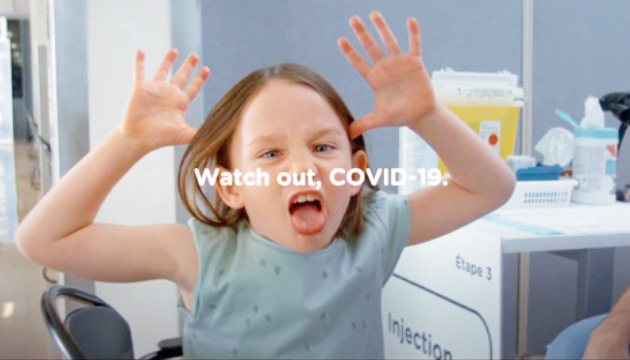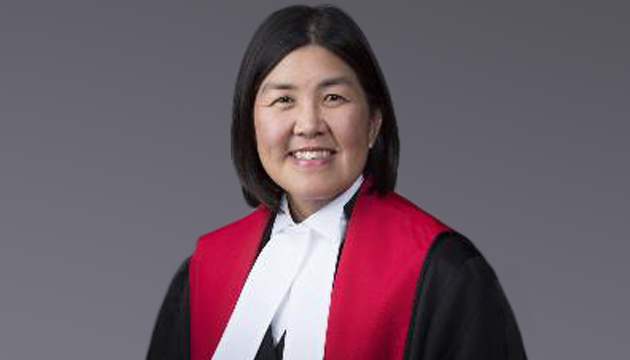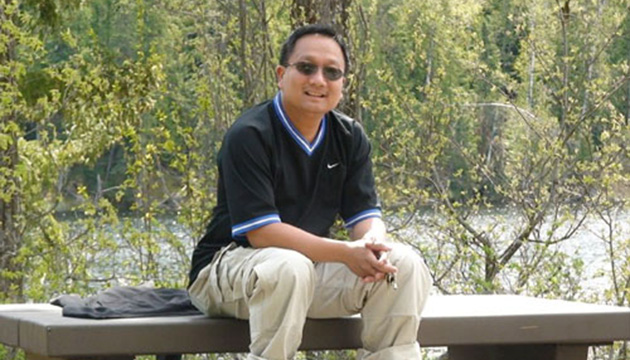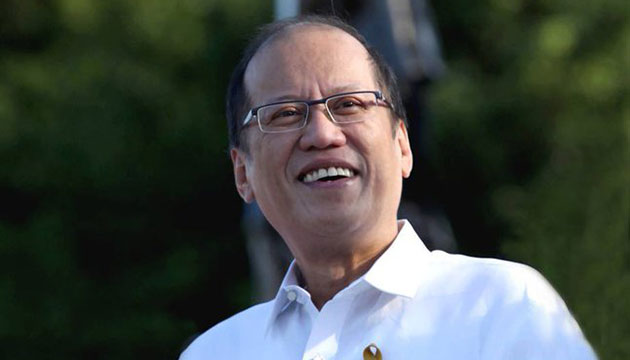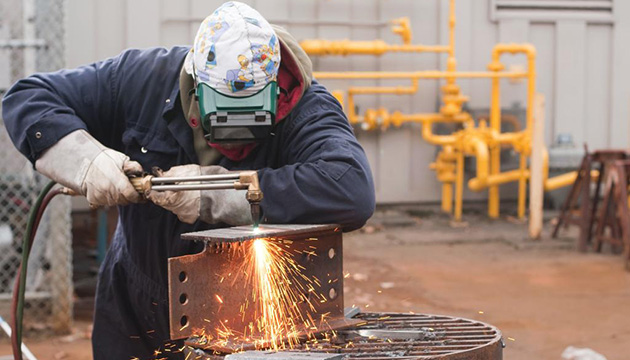(This is Part 4 of Dr. Pagtakhan’s column, Medisina at Politika, on Covid-19)
World Health Organization (WHO) Director-General Dr. Tedros announced on March 12 this somber global moment: COVID-19 is a PANDEMIC! It is both a public health and a socio-economic global crisis. Affecting over 100-thousand patients and causing over 4-thousand deaths in 100 days, its geographic spread has reached all regions of the U.N. health agency, six continents and 114 countries. Indeed, COVID-19 is very contagious and rapidly transmissible from patient-to-patient, and has exacted a heavy toll on human lives.
Canada and everyone around the worlds are all in this together. We shall all hope for both a curative drug and a preventive vaccine. In their absence, we shall all affirm to slow the spread of the disease and to mitigate its impact on life and living.
Understanding Pandemics
Historically, COVID-19 is the world’s 6th pandemic and the first time that a member-virus of the coronavirus family has caused a global epidemic. Scientifically, there is no precise set of criteria that triggers a pandemic title. SARS epidemic, caused by a different coronavirus, was not considered a pandemic. There are three characteristics that COVID-19 has met: 1) human-to-human spread occurs in at least two countries in one WHO’s six health regions; 2) community -level outbreaks occur in at least one other country in a different WHO region; and 3) waves of infection-activity spread over months.
Presently, WHO made the declaration because of “the alarming levels of spread and severity, and the alarming levels of inaction” by some countries, pointing to the 13-fold increase in patients and the 25-fold rise in deaths outside China, and the 3-fold increase in countries affected. At this writing, COVID-19 has sickened over 125,000 patients and claimed 4,600 lives, and counting, since it started barely three months ago in early December 2019.
Magnitude of Disease and Death in the 2-Week Period before Pandemic Declaration
Worldwide during the two-week period before the official announcement, there were over 40,000 new patients and over1,800 new deaths added. That translates to about 3,000 new patients and 130 lives lost per day. Italy and Iran have suffered worsening, with Italy reporting much more deaths.
USA showed over 1,000-fold rise to 1,280 new patients. The clusters likely reflect its slow roll-out of testing despite more requests from symptomatic patients and, therefore, much more Americans are already infected. Philippines showed a significant fifty-fold increase in new patients, but their absolute number of 52 is also low. Each test costs 5,000 to 8,000 pesos (US$99 to US$160) and may explain the small number of cases diagnosed. The actual burden of the disease is likely underestimated.
Canada experienced a hundred-fifty-fold increase in new patients during the two-week period distributed as follows:British Columbia – 53; Alberta – 23; Saskatchewan – 0 (+ 1 probable); Manitoba – 1 (+ 2 probable); Ontario – 60; Quebec – 13; New Brunswick – 1; and repatriated – 1. The absolute number of 152 reflects actual low risk for Canadians since Canada has been doing substantial testing nationwide.
Clinical Warning Signals and High Risk Group
The early symptoms and signs of the disease to watch for include a feeling of being unwell, fever, sore throat, headache and shortness of breath. History of contact, particularly if close, to a known patient is important to report to your doctor. When presenting with any of these early manifestations and history of exposure, call first (not visit without notice) your family doctor for health advice on what to do and where to go for evaluation, testing and treatment.
At highest risk of being ill when exposed to the infection and being critically ill requiring intensive care treatment are seniors 70 years old and over, and those with existing heart and/or lung disease. They and their families should pay due attention to the basics of everyday life and living. This said, most patients – 80% of total – would recover.
Incubation Period and Spread of Virus
On average, it takes five days after exposure to develop the symptoms and signs, rarely more than 12 days, and almost always before the end of the 14th day. This is what is called the incubation period for Covid-19 – the basis for the 14-day quarantine period advice.
Realize, however, that incubation period relates to symptoms caused by, not to the transmissibility of, the virus. It is probable that people may be able to transmit before they are aware they might be infectious, that is, before symptoms appear or without feeling ill.
Controllable Pandemic: WHO’s Resolve
“In the days and weeks ahead, we expect to see the number of cases, the number of deaths, and the number of affected countries climb even higher,” added WHO. At the same time, the Director-General conveyed a sense of measured optimism: “This is a controllable pandemic,” and shared the following two key observations in support of his determination: 1) There are still 77 countries and territories with no reported case, and 55 that have reported 10 cases or less; and 2) More than 90%s of cases are in just four countries, and two of those – China and South Korea - have seen significantly declining epidemics. These countries could make containment the central pillar of their response, even as the focus shifts to mitigation – to slow the spread and impact of the virus on communities in Canada, USA and around the world where it is already spreading. The choice ought not to be containment or mitigation, but applying the appropriate balance between the two approaches.
Canada’s Response
On the day the WHO made the announcement, Prime Minister Justin Trudeau announced Canada’s whole-of-government response to the disease “by establishing a more than $1 billion COVID-19 Response Fund.” He reiterated this message yesterday when he briefed the media from his home, where he and his wife, Mrs. Sophie Gregoire Trudeau, are self-quarantined following infection of his wife. The Fund is to assure “new investments to limit the spread of the virus in Canada and prepare for its possible broader impacts” – an acknowledgment that the global crisis is both a public health and socio-economic crisis. A week earlier, the Prime Minister struck a new cabinet committee, chaired by Deputy Prime Minister Chrystia Freeland, to co-ordinate Canada's response.
Back to the Basics and Everyday Life
In the absence of anti-viral drug or vaccine, respiratory hygiene – frequent hand washing with soap and water, not merely rinsing, for at least 20 seconds (the length of time to sing one Happy Birthday) and single-use towel for drying (or hand sanitizers as needed substitutes) and due observance of cough etiquette – is the best preventive action against COVID-19.
Avoid handshakes, hugs or kisses; avoid touching the eyes, nose and mouth; and regularly disinfect surfaces at homes. Avoid non-essential travels and cruise ships. Everyone over 70 and those with compromised immune system or underlying heart or lung disease should, in particular, practice social distancing – avoiding crowds and community parties – to reduce close contact.
Indeed, Canadians from all walks of life and work, by diligently exercising basic personal and community preventive measures, could help slow the epidemic – so-called “flatten the peak curve” – and, thereby, prevent sudden clusters of patients and ensure those needing care are provided for by our health care system.
A Canadian Research Breakthrough
”A group of Canadian scientists has successfully isolated and grown copies of the novel coronavirus responsible for the COVID-19 pandemic, paving the way for a potential vaccine, reported CTV News Nicole Bogart yesterday. The team members are research scientists from Sunnybrook Hospital, McMaster University and the University of Toronto. They used samples taken from two Canadian COVID-19 patients. Said Dr. Samira Mubarek: “We need key tools to develop solutions to this pandemic “before the outbreak peaks in Canada.” While the immediate response is crucial, longer-term solutions come from essential research into this novel virus. ” It is anticipated the research breakthrough “will help researchers in Canada and across the world develop better diagnostic testing, treatments and vaccines, and gain a better understanding” of the Covid-19 virus, including how it is shed and transmitted.


